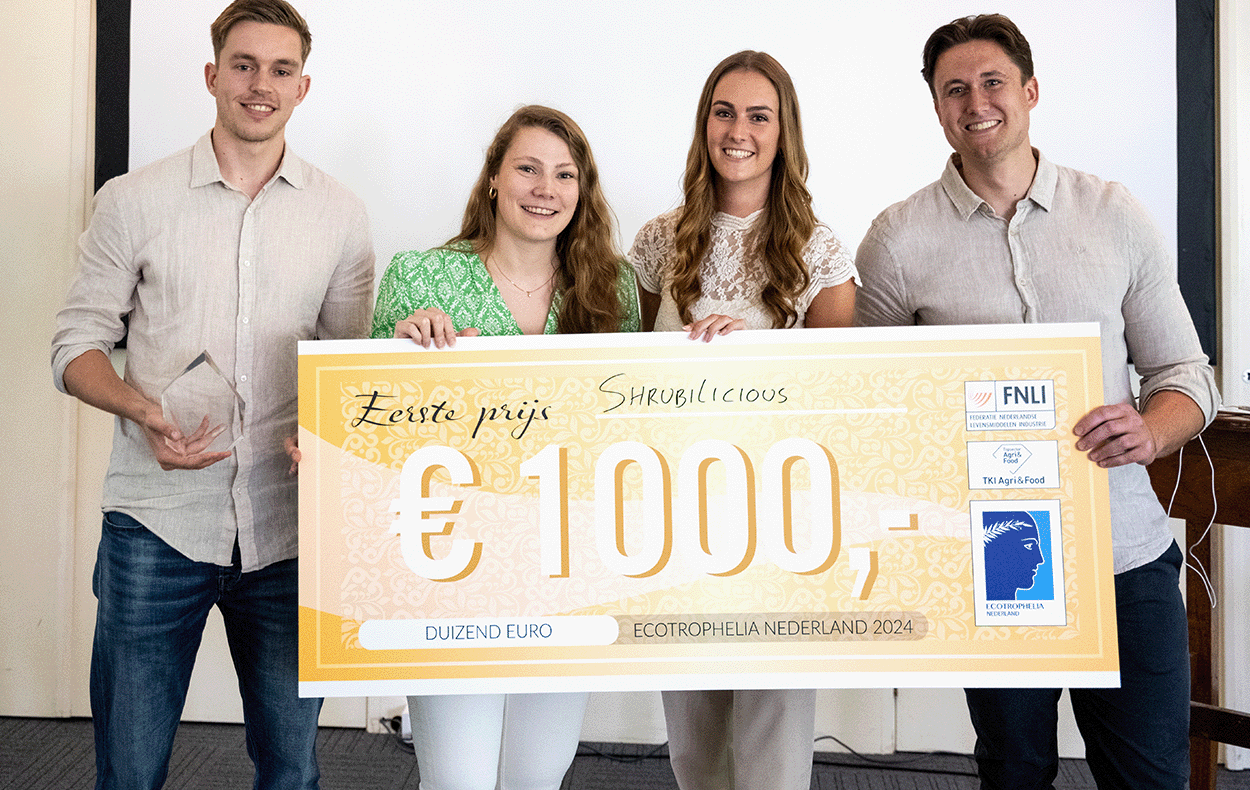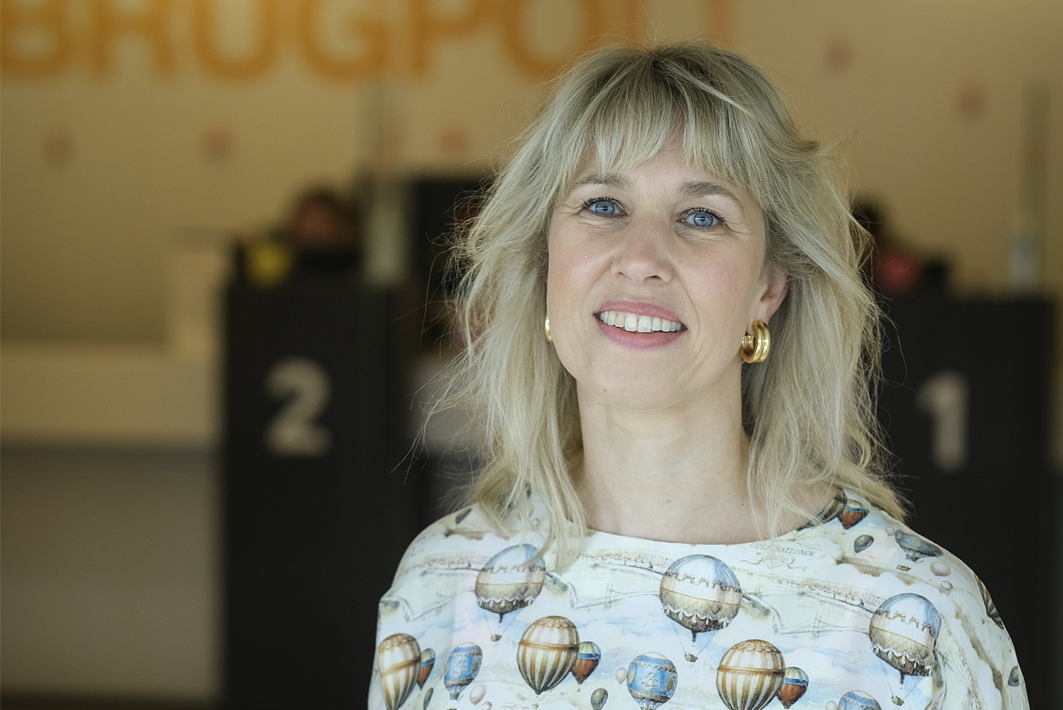Chemelot InSciTe Grant for PoSTuRE: Patient-specific Scoliosis TREatment
Scoliosis is a condition that leads to strong 3-D deformation of the spinal column. It occurs in adolescent female children, often without obvious cause, but also later in life as degenerative progression due to limited muscle strength and bone quality.
In severe cases, a so called growing-rod surgery is necessary. In this procedure, two metal rods are implanted on either side of the spine attached to the upper and lower spinal column vertebrae with hooks or screws (anchors) and without any fusion or instrumentation in between of those two terminal sites. In young patients however, the operation has to be repeated several times in order to allow growth.
In the BMM Spineguide project (Projectleader Dr Chris Arts) a new treatment procedure was introduced where the metal wires are being replaced by radiopaque ultra-high molecular weight polyethylene (UHMWPE) sublaminar wires. After extensive biomechanical and animal model testing it was concluded that by allowing longitudinal spinal growth this will lead to a drastic reduction in the number of revision surgeries and also will result in preservation of spinal mobility and substantial reduction in health care costs.
In the InSciTe posture project (Projectleader Dr Paul Willems) the radiopaque UHMWPE technology (which is now FDA approved) will be tested in clinical patients for the final assessment of safety and efficacy.
Furthermore, the project aims to develop a patient personalised instrumentation system with UHMWPE cables and 3-D printed crosslink devices that may even further improve treatment success.
Also read
-
Maastricht University students have won the Dutch final of the student competition Ecotrophelia, a drinking vinegar based on apple cider vinegar, fruit and herbs.
-
In the upcoming months, we’ll share tips on Instagram for our students on how to live a healthier life. Not just a random collection, but tips based on actual research happening at our faculty. The brains behind this idea are Lieve Vonken and Gido Metz, PhD candidates at CAPHRI, the Care and Public...
-
Mayke Oosterloo is a movement disorders neurologist at Maastricht UMC+ and a researcher at the MHeNs institute of Maastricht University. In the outpatient clinic and various nursing homes in Limburg, she guides and treats patients (and their loved ones) with Huntington's disease.


